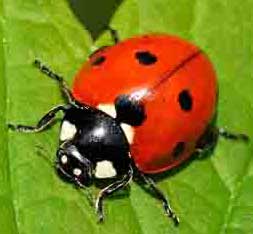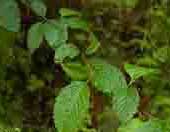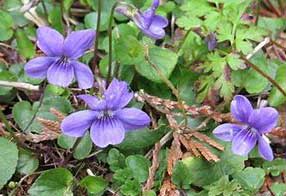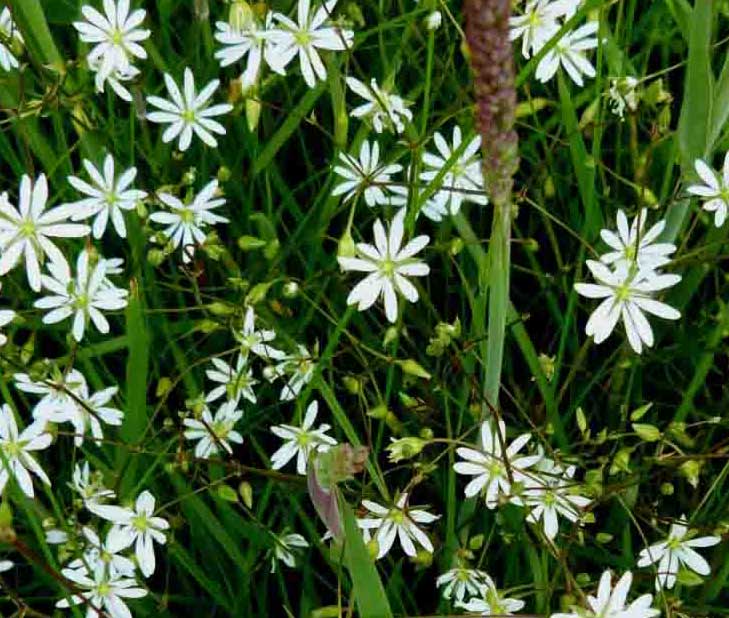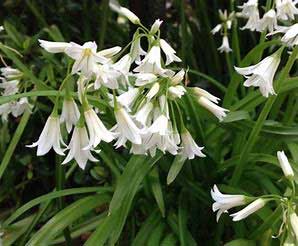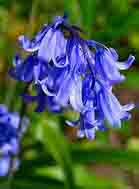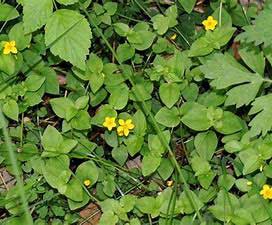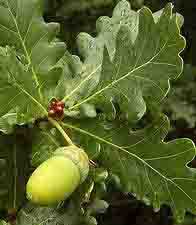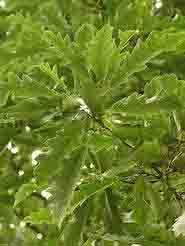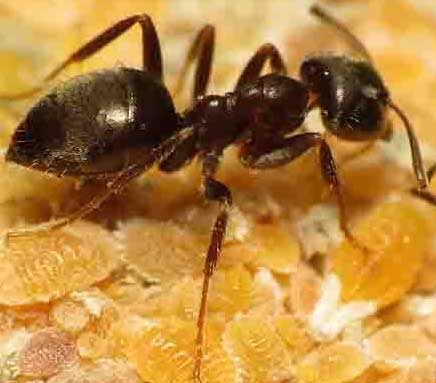Owlthorpe Flora |
|
Alder Tree |
Common dog-violet |
The name Owlthorpe is derived from the Old English word "alor" for the Alder Tree while Thorpe is a variant of the Middle English word thorp, meaning hamlet or small village. Therefore Owlthorpe means the hamlet where Alder Trees grow. They are most commonly found next to a body of water such as the Ochre Dyke. |
|
Greater Stitchwort |
Wild Garlic |
Ancient Woodland is a term used in the UK to refer to woodland that has existed continuously since 1600AD or before. Before those dates planting of new woodland was uncommon, and was likely to have developed naturally as Owlthorpe Fields has in recent years. |
|
Blubells |
Yellow Pimpernel |
Survey work carried out on the flora has established that both Hanging Lea Wood and Ochre Dyke corridor are the remnants of ancient woodland. The surveys have identified the following 7 Ancient Woodland Indicators. |
|
English Oak |
Sassile Oak |
There are two types of Oak in Owlthorpe: The acorns of the Sesile Oak have short stalks and the leaves have long stalks. The acorns of the English Oak have Long stalks and the leaves have short stalks. The Oak held sacred by the Druids has always been important. From early days it's strong and durable timber has been ideal for shipbuilding and timber frames for buildings. |
|
| Public Inquiry Information supporting Ecological Owlthorpe as an upstream nature based solution protecting the environment from downstream flooding. Please read our editorial in the Yorkshire Bylines. Please help save Owlthorpe Heritage & Nature Trail by Signing our petition to Sheffield City Council: https://chng.it/6vXHqcGG4S also, our petition to Parliamentary Ombudsman: https://chng.it/FPc7X4Nq Click here to see a map showing what is at stake: There are a number of organisations which can help with identification of Trees and plant life that you may find in Ecological Owlthorpe. Hear are one or two web-sites you may find helpful. https://www.woodlandtrust.org.uk/trees-woods-and-wildlife/british-trees/how-to-identify-trees/ https://www.woodlandtrust.org.uk/plant-trees/large-scale-planting/ https://www.wildsheffield.com/
|
|
